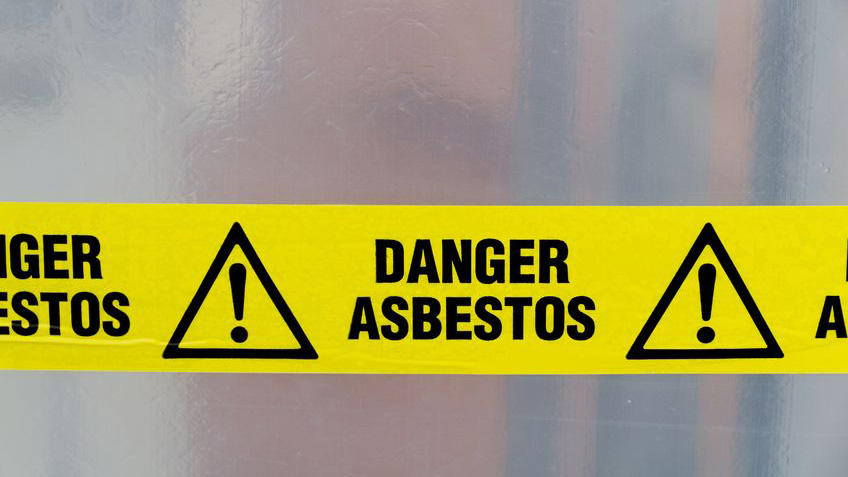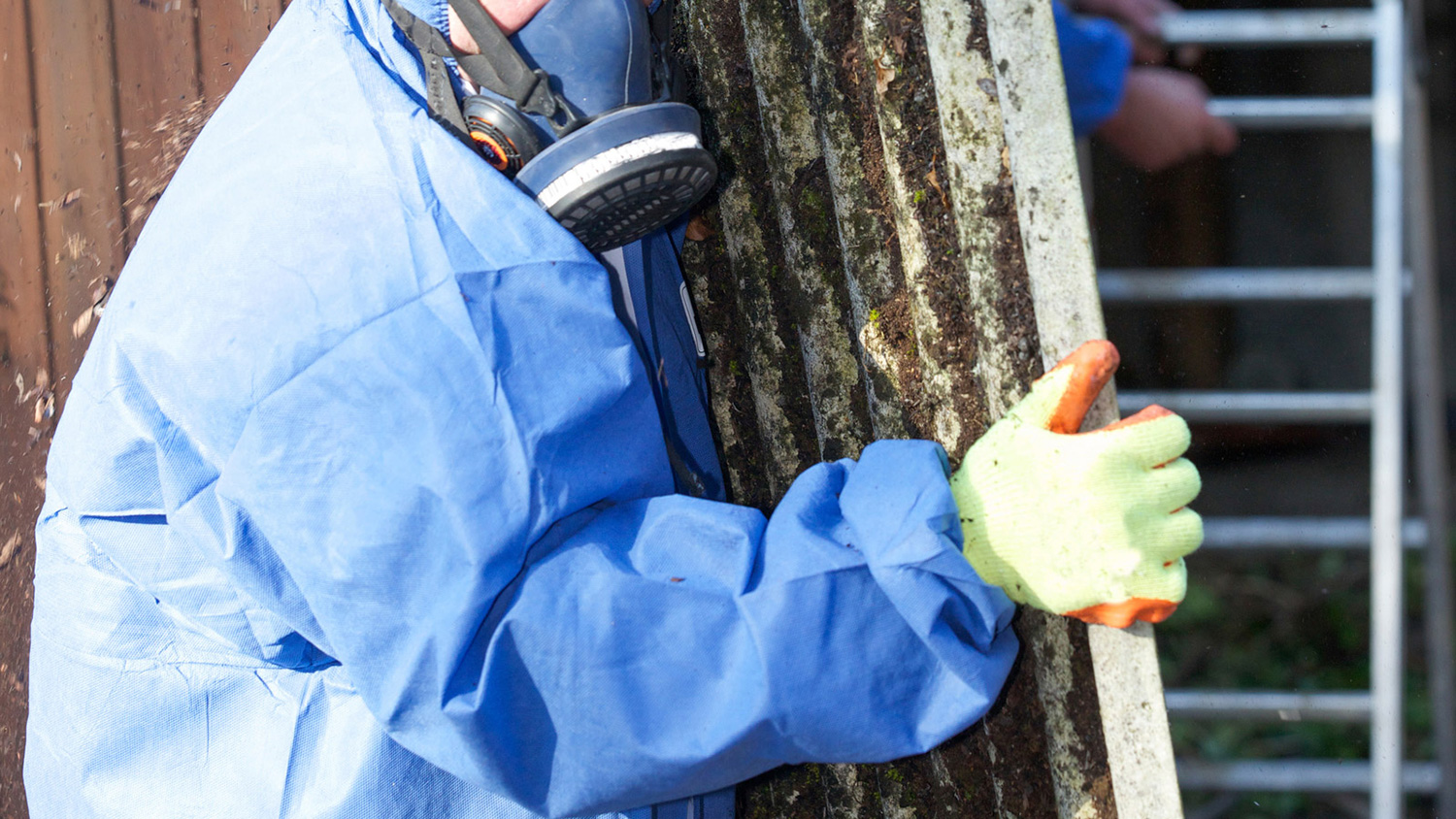
Briefing: Asbestos – not just a problem of the past
Asbestos has been banned for many years, yet it still causes thousands of deaths per year. In fact, studies show that we should expect to continue seeing a rise in cases of asbestos-related diseases in the coming years. In this briefing, we look at the issues.
Mesothelioma is a form of cancer that takes many years to develop following the inhalation of asbestos fibres but tends to be rapid and fatal following the onset of symptoms. Annual deaths in Britain have increased steeply over the last 50 years, a consequence of mainly occupational asbestos exposures that occurred due to the widespread industrial use of asbestos between 1950 and 1980. The latest information from the HSE shows:
- There were 2,446 mesothelioma deaths in Great Britain in 2018, a broadly similar number to the previous six years.
- More than half of annual deaths now occur in those aged over 75. Annual deaths in this age group continue to increase while deaths below age 70 are now decreasing.
- There were 2,050 male deaths in 2018, a slight reduction compared with recent years, and 396 female deaths.
- There were 2,025 new cases of mesothelioma assessed for Industrial Injuries Disablement Benefit (IIDB) in 2019, of which 240 were female. This compares with 2,230 new cases in 2018, of which 245 were female.
- Men who worked in the building industry when asbestos was used extensively in the past are now among those most at risk of mesothelioma.
Ahead of Action Mesothelioma Day this Friday (2 July 2021), a virtual event aimed at raising awareness about the asbestos-related cancer, we take a look at some of the complexities of asbestos-related diseases.
Says Kate Gardner, health and safety trainer at International Workplace:
"The tricky part is that asbestos-related diseases can take up to 40 years to manifest themselves and therefore it will take a long stretch of time before the asbestos bans start bearing fruit.
“It could also mean that, if you’re a long-running business, past employees could come back to you with claims of asbestos exposure from many years ago. Mesothelioma sufferers can make compensation claims against the employer for whom they were working at the time they were exposed to asbestos. Mesothelioma has a long latency period – that is the time between a person’s initial exposure to asbestos and the development of the disease. This can mean that the employer in question no longer exists. In such cases, the mesothelioma sufferer can submit a claim to their former employer's employers' liability insurer.”
Asbestos exposure at work is typically associated with workers such as carpenters, plumbers, electricians and other traditional tradesmen. Asbestos exposure is linked to particular types of work such as shipbuilding or the building industry. However, the stark reality of the situation is that every type of worker could potentially be affected by asbestos diseases.
In November 2020, a makeup consultant received a six-figure compensation payout after contracting mesothelioma. She was able to pinpoint an occasion in 1975 where she was exposed to dust in the Boots store she worked in, when it was undergoing construction work.
Lynne Mitchell said:
“The building works lasted approximately six months and despite the workmen cleaning up regularly, the whole environment remained very dusty. It was important to create a good impression to customers and so I swept and dusted the makeup counters throughout the day."
At the beginning of 2016, Lynne started feeling pain in her side, which persisted for months to come. She was diagnosed with mesothelioma at the age of 59. Following legal submissions, Boots UK Ltd admitted liability for her illness and agreed a six-figure settlement.
Laura Wilkinson, the specialist asbestos-related disease lawyer at Irwin Mitchell representing Lynne, said:
“Lynne’s case vividly highlights the terrible legacy that asbestos has created. While some people may commonly associate asbestos with traditional, heavy industry, its use was widespread in public buildings such as shops, offices, schools and hospitals. What makes Lynne’s case more shocking is the relatively young age at which she was diagnosed and that the risks associated with even low-level asbestos exposure should have been known by employers at the time of her exposure.”
In another case, a Derbyshire woman developed fatal cancer after working as a receptionist for a drugs company.
Ingrid Young contracted an aggressive type of lung cancer after being exposed to asbestos in her job in the 60s. The 73-year-old passed away five years after being diagnosed with mesothelioma.
In a statement before her death, Ms Young said she could have inhaled the dangerous substance while working as a receptionist for Rexall Drug Company between 1967 and 1970. She said maintenance work was carried out on asbestos in an old building while she continued to work there.
Stuart Ponting, health and safety law specialist at Walker Morris, commented:
"Employers must be aware that even if the use of asbestos-containing materials in the construction and repair of workplaces is a thing of the past, the obligations to manage the risks from possible asbestos fibre exposure remain very much a thing of the present.
“Many employers will have duties under the Control of Asbestos Regulations 2012 to identify, manage and prevent asbestos exposure wherever possible. Many employers will operate from sites where asbestos is present, and whether they are there as tenant or owner, if those premises fall under their control then they need to ensure they know whether asbestos-containing materials are present and if so, where they are and how they will manage them appropriately.
“Employers with duties under the Regulations should undertake asbestos surveys and should ensure these are repeated at appropriate intervals. Where asbestos is positively identified, this should generate a clear and comprehensive asbestos management plan, provide for appropriate signage and ensure that relevant information is made available for employees and visitors alike. Where appropriate, regular training on asbestos management should be provided by a competent person.
“Not only can failures to manage asbestos properly cause serious personal injury, an employer's failure to discharge obligations under the Regulations will leave them liable to investigation by the Health and Safety Executive, possible prosecution in the criminal courts and a fine which might be measured in the millions of pounds."
The duty to manage asbestos is contained in Regulation 4 of the Control of Asbestos Regulations 2012 and requires the person who has the duty (i.e. the ‘duty-holder’) to:
- Take reasonable steps to find out if there are asbestos-containing materials (ACM) in non-domestic premises, and if so, its amount, where it is and what condition it is in.
- Presume materials contain asbestos unless there is strong evidence that they do not.
- Make, and keep up to date, a record of the location and condition of the ACM – or materials presumed to contain asbestos.
- Assess the risk of anyone being exposed to fibres from the materials identified.
- Prepare a plan that sets out in detail how the risks from these materials will be managed.
- Take the necessary steps to put the plan into action.
- Periodically review and monitor the plan and the arrangements to act on it so that the plan remains relevant and up to date.
- Provide information on the location and condition of the materials to anyone who is liable to work on or disturb them.
Sign up to Workplace DNA Pulse - the news service from International Workplace - to receive weekly updates on workplace management issues.




